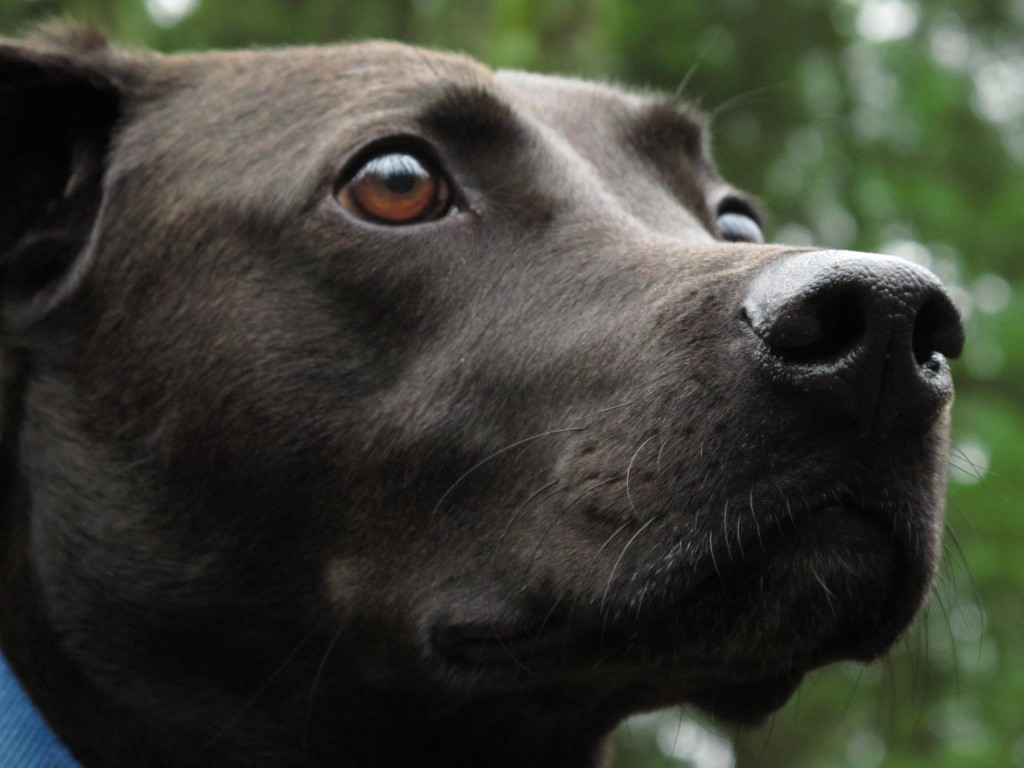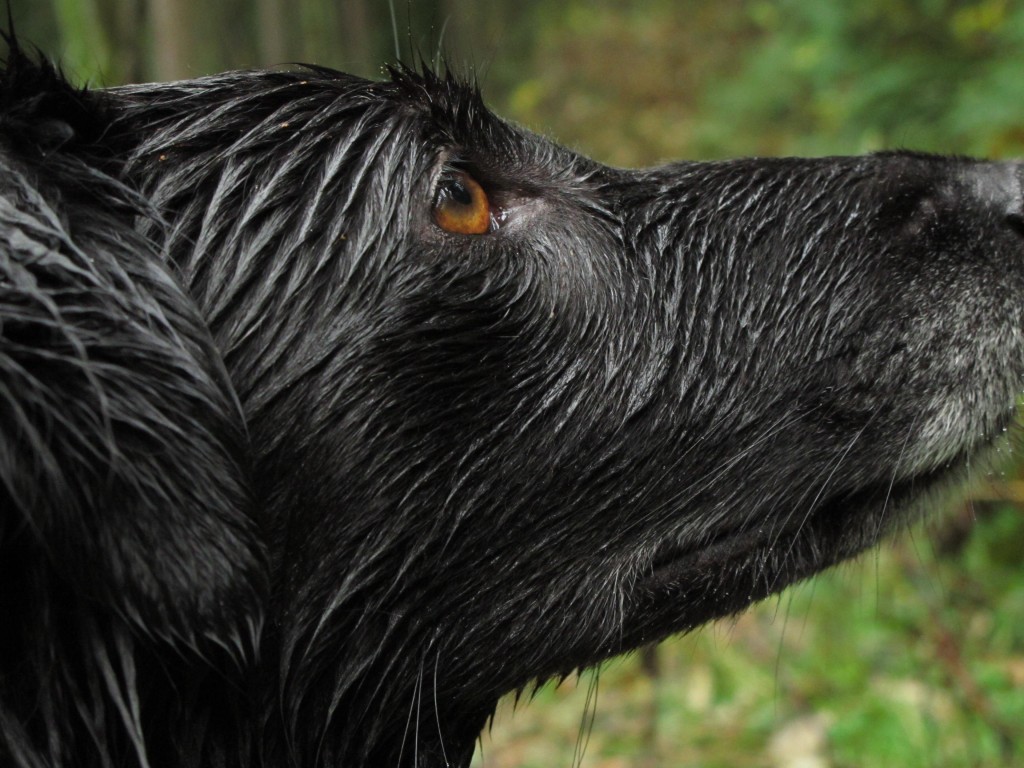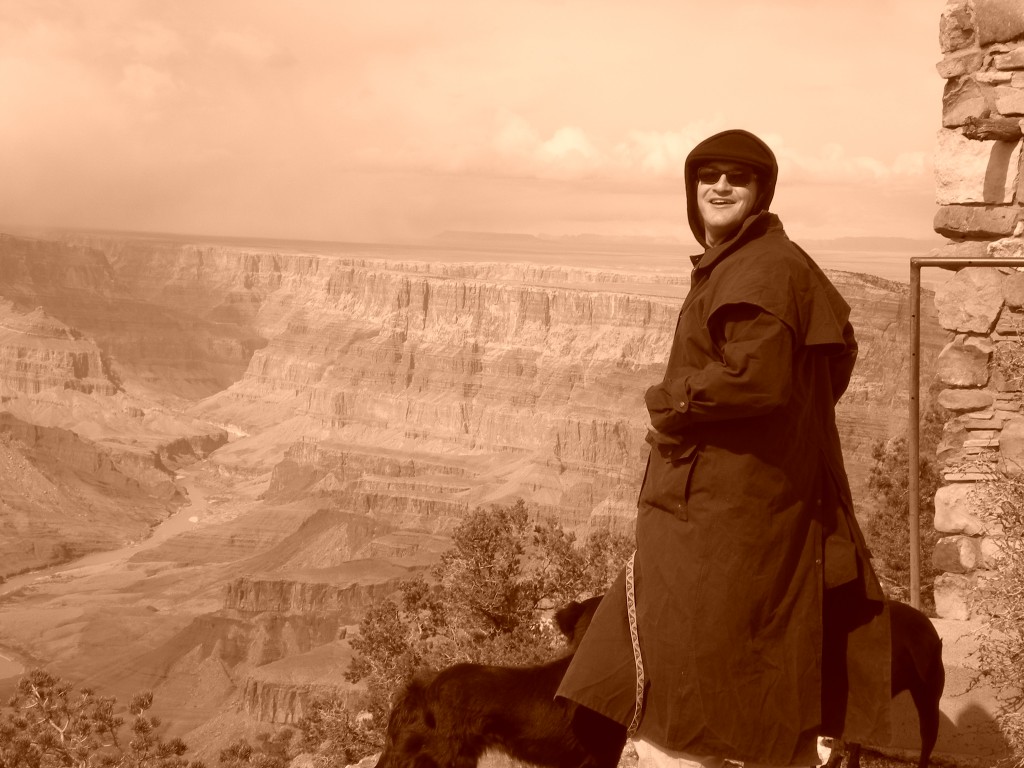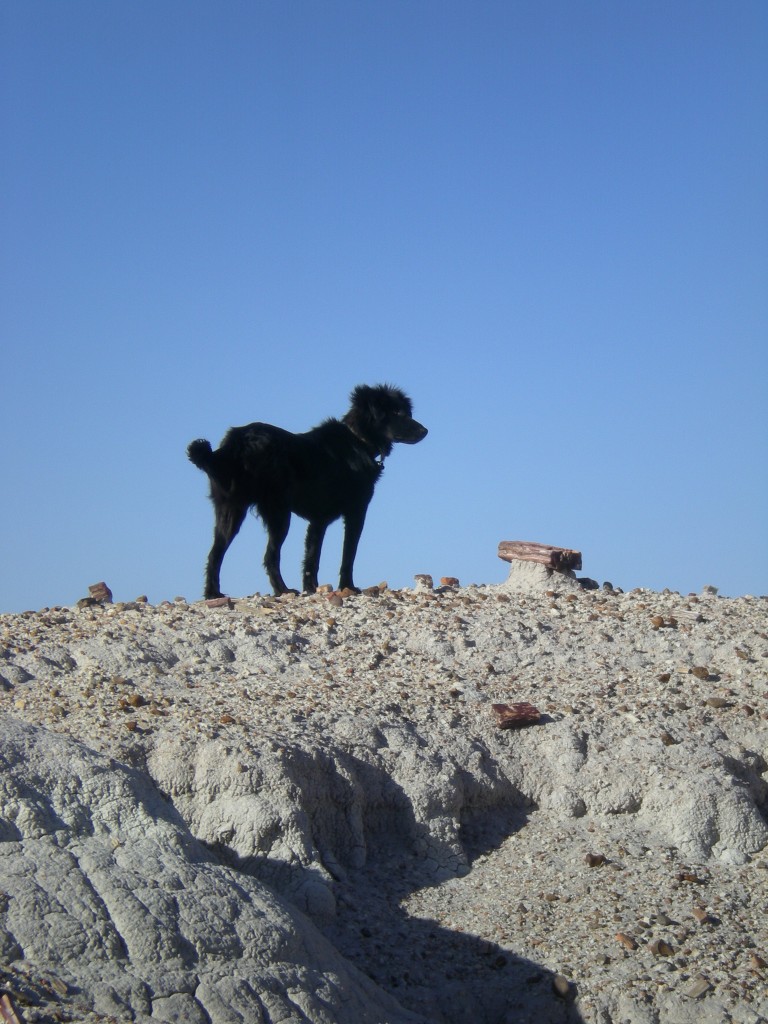Pick-up Dogs How Two Rescue Dogs Save the West from Being Won
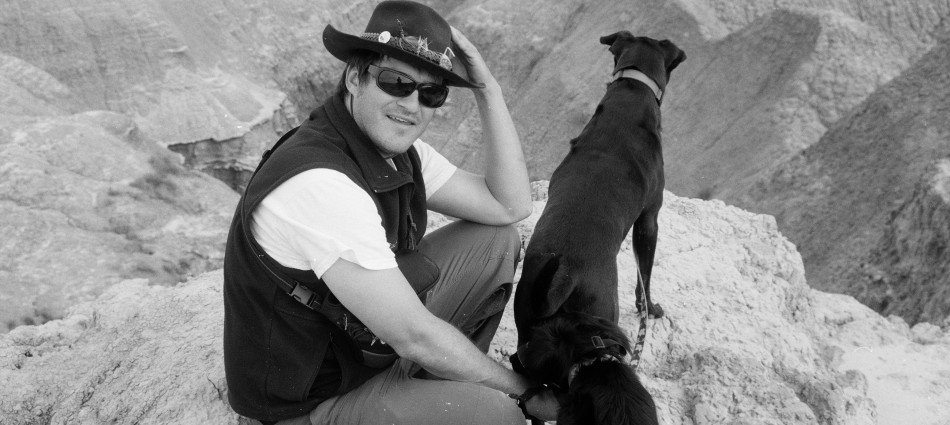
Do dogs perceive beauty? And if so, how does this perception manifest itself?
My hiking partner, who doesn’t have a dog, has asked me on several occasions while watching Marcos and Lupe observe a mountain view or a special afternoon light, Do dogs perceive beauty? And if so, how does this perception manifest itself?
This is a hard question because tastes vary from person to person and also between dog to dog. Even our own collective sense of beauty has changed over time.
The shift to Romantic ideals in nineteenth-century America can be understood by the discovery of the beauty of mountains. Previously, mountains had been a sign of God’s abandonment of man, areas better left to spiritual exile. Hardly picturesque, mountains were markers of the absence of civilization and the division between God and man. This discovery of mountains’ beauty also made apparent the difference between those forced by daily life into contact with wilderness (farmers) and those with free time (upper class bird watchers or city dwellers who came to the wilderness to hunt or hike) or the spiritual drive to enter wilderness, thus creating a new perception of nature. Because of the mechanization of society by industrialization, mountains became a source of spiritual development, a pristine getaway from the harsh realities of modern civilization, and a source of purity. Their seclusion is also their doom as, soon enough, everybody sought this seclusion out. As a result, the era of mass romanticism is now meeting up with its inherent contradictions. Everybody is trying to find seclusion where everybody else is, thereby destroying the pristine qualities people were trying to find in the first place.
An interesting commentary about the shift of our definition of beauty comes from Jiang Rong’s Wolf Totem, a novel set during the 1960s Cultural Revolution in which a Beijing student is sent out to the Inner Mongolian steppe and learns to appreciate the shepherding life and the shepherds’ relationship with wolves, and eventually ends up adopting a wolf. At the end of his time in Inner Mongolian steppe, we start to see the evaporation of a way of life and the novel becomes another reminder that we truly are living in the Anthropocene era. No place better illustrates the encroachment of man on nature than China, where my wife and I had the opportunity to visit last summer, an eye-opening experience. There, in some places, nature has been so defeated that it is almost unrecognizable, and we can see that defeat in Rong’s description of the disappearance of wolves from the Mongolian steppe. The wolves’ “imminent defeat,” as Rong describes it, “would be the first sign of the grassland’s defeat, and the defeat of man’s concept of beauty.” When the wolves were eradicated from the land, the soul of Mongolia was obliterated, and this capitulation takes place on multiple and previously unsuspected levels. Rong notes, “Once the wolves were exterminated, the bright red sun would no longer light up the grassland, and the stagnant stability would bring dejection, a withering decadence and boredom, and other more terrifying foes of the spirit, obliterating the masculine passion that had characterized them for thousands of years.” The author then goes on to note that the sale of liquor doubled when the wolves disappeared from the fictional prefecture where his main character lived in the novel.
This disconnection with nature, witnessed with the eradication of wolves on the steppe, is part of why I see dogs as our healing companions. Lupe reminds me to get out and appreciate nature, and she and Marcos, too, are why I believe that dogs also appreciate beauty.
I most poignantly noted the dogs’ perception of beauty on a trip to the Grand Canyon that was, in essence, a recreation of a trip I had taken when I was 4 years old.
What is special about family trips of this kind is that it wasn’t so much the Grand Canyon that stuck in my mind but images of driving through a part of the Navajo Nation in Arizona and a pick-up truck that was kicking up a huge dust-devil along the horizon. I don’t know why, but this impression has stayed with me for some thirty years. Looking back at it, the moment was a childhood epiphany, one of those bubbles in time in which everything stood still and I comprehended something about the world and my position in it. I realized that life on the reservation was nothing like my life in white suburbia. It hit me harder than the sight of the Grand Canyon. Like the smell of the desert rocks after the first few drops of a thunderstorm, there was nothing like that back in my neighborhood in the San Francisco Bay Area, and it indelibly marked my existence, making me a traveler of the sort that likes to shift consciousness in exploration of a world outside myself.
Some thirty years later, I re-visited the strange state of Arizona with Mar and Lu and Kirsten, who still wasn’t my wife, and we couldn’t resist the urge to have a peek at the canyon. Once again, it wasn’t the canyon that got me but the sweeping, desolate landscape at a random pit stop we made along the way. 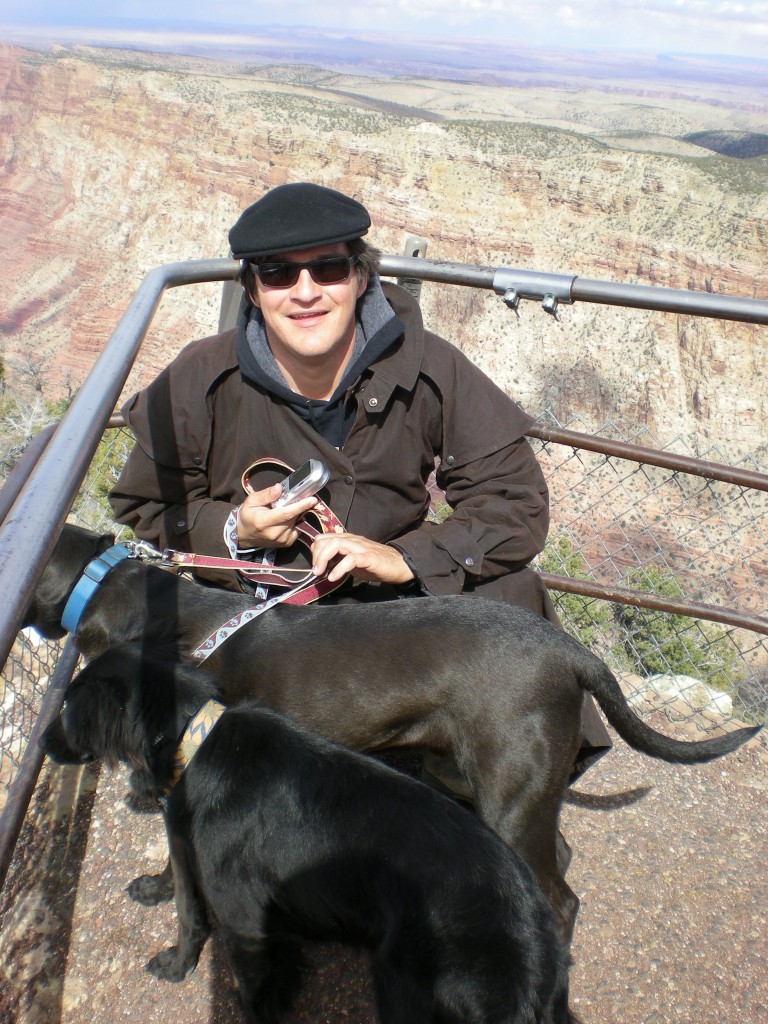
Once in the national park, after paying the twenty-five dollars for a quick view, I remember Marcos and Lupe looking over the rails, totally mesmerized. The swirling vortices of smells sweeping up the canyon walls into their nostrils had the dogs temporarily dazed and overwhelmed. Clouds started filling the huge hole in the ground, my duster began flapping violently with the huge gusts of cold wind, and before we knew it, we were stuck in an Arizona springtime blizzard.
The four of us jumped into the car, the dogs did not hesitate with the cold snow stuck in their coats. I drove wide-eyed down the highway, just barely able to see the tail lights of the car not too far ahead of us. We were going slow, inching our way through what was starting to become a whiteout. Several hours of driving very slowly down the road, we found a kitsch diner with lots of Route 66 memorabilia. My insides were still chilled and our eyes tired from watching the road. It took a big bowl of chili and a burger to start a long thawing process. Finally the sky opened up and we continued down the road. And it was this adventure and the big, sweeping landscapes we saw in our approach to the canyon that I remember more than the canyon itself.
I was made aware of the dogs’ perception of beauty when they were peering over the canyon’s walls. Intrigued and bedazzled by the immensity of the gaping hole in the middle of the desert, I could see that they knew that what they were seeing was grandiose, on a scale that they had never seen before. The approach, the long, open desert road heading to the canyon gave them perspective. When we left, they could feel the spirit of adventure driving out into a blizzard. I could feel their adrenaline. And I knew that they appreciated the beauty of their visit to the Grand Canyon.
